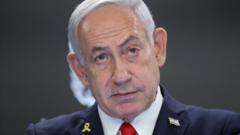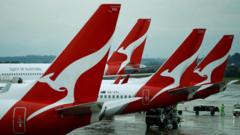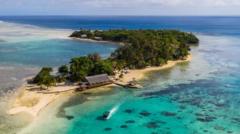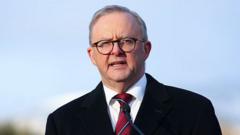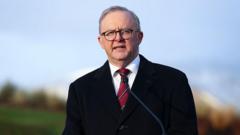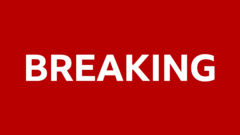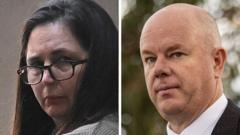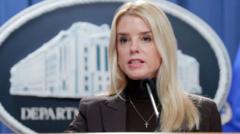As Australia faces soaring housing costs, both political parties are advocating for significant cuts to the number of international students, raising fears about the future of higher education and its economic benefits.
Political Pressure Mounts on International Student Caps in Australia

Political Pressure Mounts on International Student Caps in Australia
With housing affordability at crisis levels, Australian politicians seek to limit the influx of foreign students, stirring concerns over the impact on education and economy.
Australia has long been renowned for welcoming international students, touted as a vital sector contributing significantly to its economy. However, as soaring housing prices cast a shadow over the nation, political leaders are now advocating for substantial cuts in the number of foreign students permitted to study in the country.
Ali Bajwa, a Pakistani native who came to Australia a decade ago for his doctorate in agricultural science, encapsulates the opportunities that Australia once offered to international students. Since then, he has built a life in the country as a researcher, teacher at La Trobe University, and a homeowner. Yet, his experience is increasingly seen as a stark contrast to what future international students may face.
In light of escalating housing costs - a sufficient concern for voters - both major Australian political parties are eyeing caps on foreign student admissions. The proposed measures aim to alleviate rental demands, ideally easing the pressures on housing prices. This marks a significant shift for Australia, once viewed as an attractive destination for international education, competing with countries such as the United States and Canada.
Bajwa argues for refining the selection process instead of imposing sweeping restrictions. “We gain a lot more than we lose to international students,” he pointed out, advocating for focused improvements rather than broad limitations.
Last year's attempts by Prime Minister Anthony Albanese to impose limits on student visas failed, but the government still increased visa fees and decelerated application processing times, affecting new students. The opposition leader, Peter Dutton, aims to introduce tougher restraints, proposing a reduction of 30,000 international arrivals to an annual cap of 240,000 and hiking visa fees to around $3,200, significantly above the current rate.
While the pandemic had previously restricted the number of international students, efforts to bring them back resulted in a historic influx of students in 2023 and 2024. Enrollment numbers soared past a million for the first time, showcasing the integral role foreign students play in Australia’s educational landscape. As political debates continue, the future of international education in Australia remains uncertain, with many advocating for a more balanced approach that acknowledges both housing concerns and the vital contributions of foreign students.

